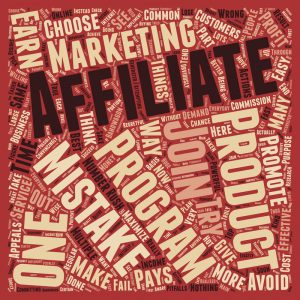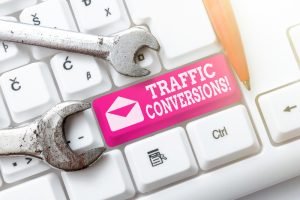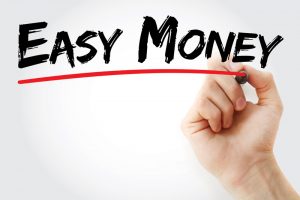If you have been thinking of becoming a green marketer – that is, turning your existing business into a greener one in order to attract customers interested in green issues – it is important to understand whether or not your existing customers are green already. If they aren’t yet, they soon could be if you lead the charge and set a good example of how to become more eco-friendly.

What Is Green Marketing?
Green marketing is all about marketing products and services which can be considered greener than what is readily available on the market at present. For example, if you were going to open a green dry cleaning business, it would use less harsh chemicals, recyclable plastic, reusable hangers and shirt boxes, and so on.
You would also need to educate consumers about why green dry cleaning is as good as, if not better than, existing dry cleaning. By explaining what the difference is, you can justify any price difference related to your new green product line.
Studies have shown that customers have indicated they would be willing to spend 10 to 20% more on a green product versus a traditional product – provided that it gives the same level of performance, if not better, than what they usually use.
A Few Tips on Running a Green Business
Green marketing is also about being conscious of waste in the business and trying to have as small a carbon footprint as possible in the running of the business.
The easiest place to lead the charge here is to stop creating paper catalogs and other paper-based sales materials. Instead, create an online catalog with full details of all of your products, and keep it updated frequently. Drive people to the site with classified ads in your local paper or niche-related or industry-related magazines.
Make the most of your email marketing lists to remind people to come to the site and see what’s new. Have regular product launches and promote them on social media and online press release distribution services. You will be spreading the word about your new green products and services, but without having a significant impact on the environment.
Around the office there are likely many things you can do to make it leaner and greener. And in this way, you can show your target customers that you are not just trying to cash in on the green trend, but are genuinely concerned about the environment. For example, use recycled paper in your printer, along with soy-based inks. Use recycled toilet paper, tissues, and paper towels as needed.
In terms of paper towels, consider buying cotton hand towels and washing them regularly rather than using up a lot of paper towels. Use mugs instead of disposable cups. Use a regular coffee machine instead of those pod thingies to reduce your daily plastic waste.
Use a stainless steel reusable filter in your coffee machine basket so you don’t have to waste paper on coffee filters. Buy water filters and filtered water jugs to cut back on bottled water use. Use BPA-free plastic (or stainless steel) water bottles and travel mugs to cut down on trash and plastic in the environment.
There are many things you can do to educate your customers about green issues. But first you have to learn about them yourself. Once you do, you can take a 360-degree look at your products, services, office, and vendors. In this way, you will be able to clean and green your company, and impress customers who are interested in green issues.





















